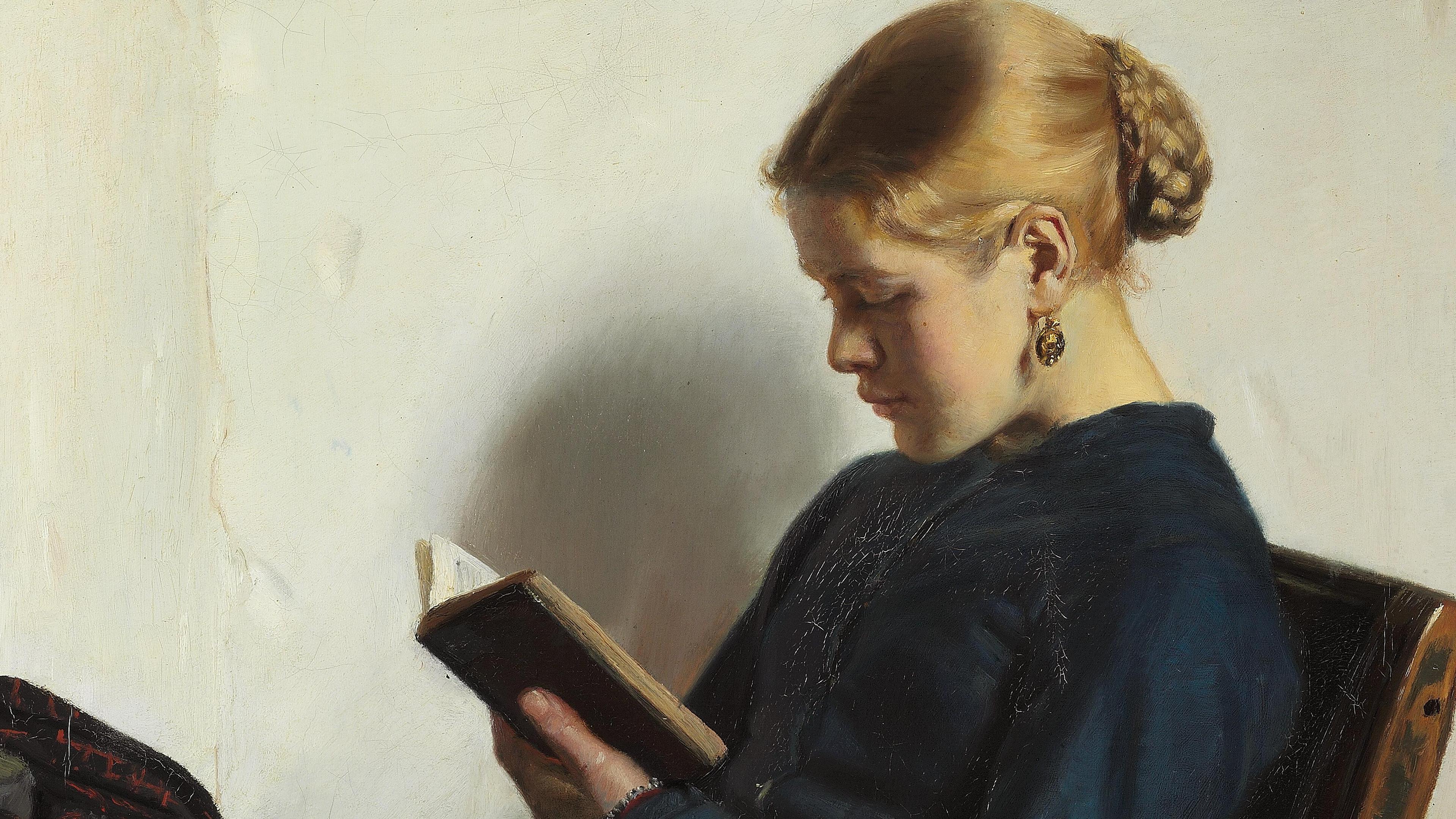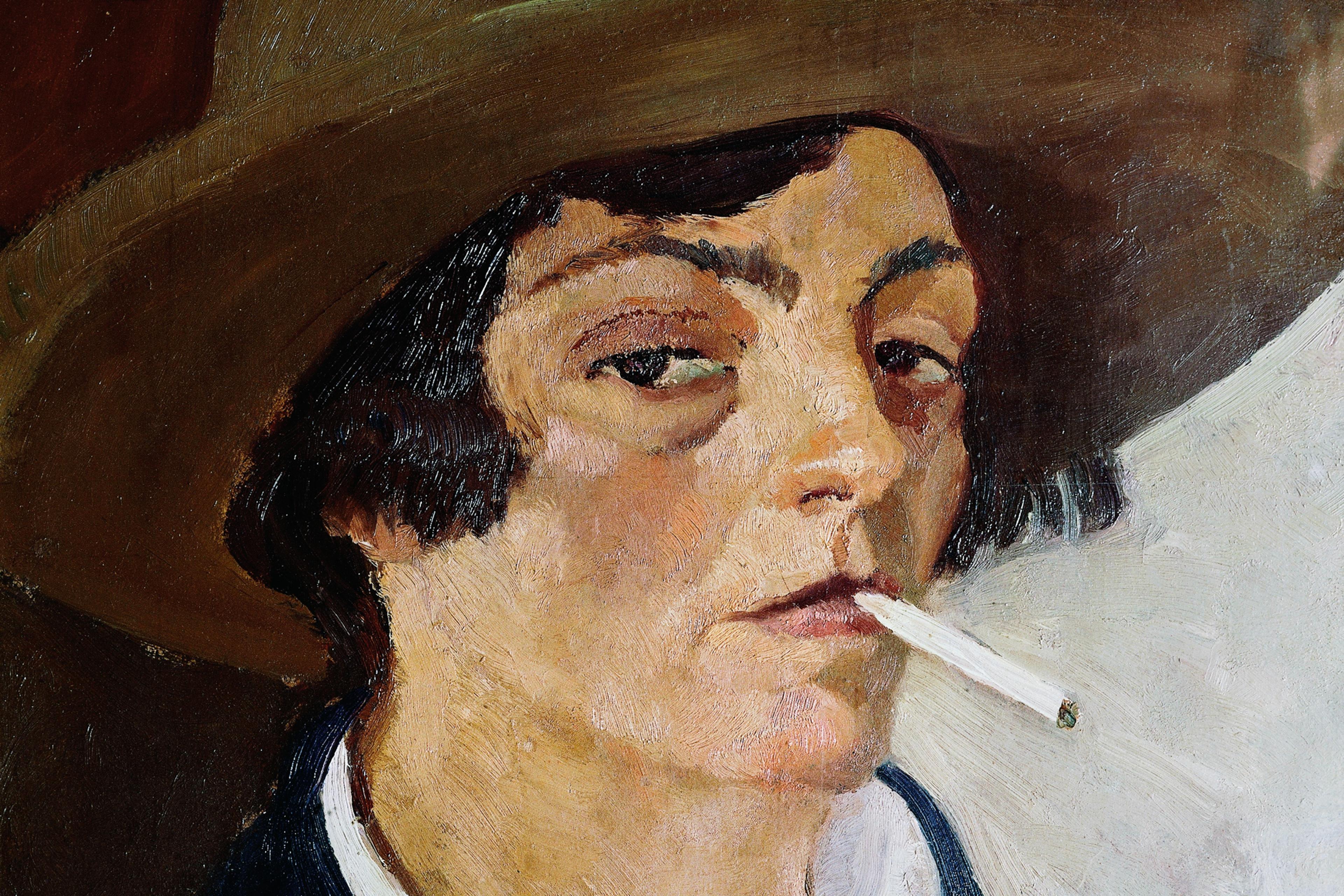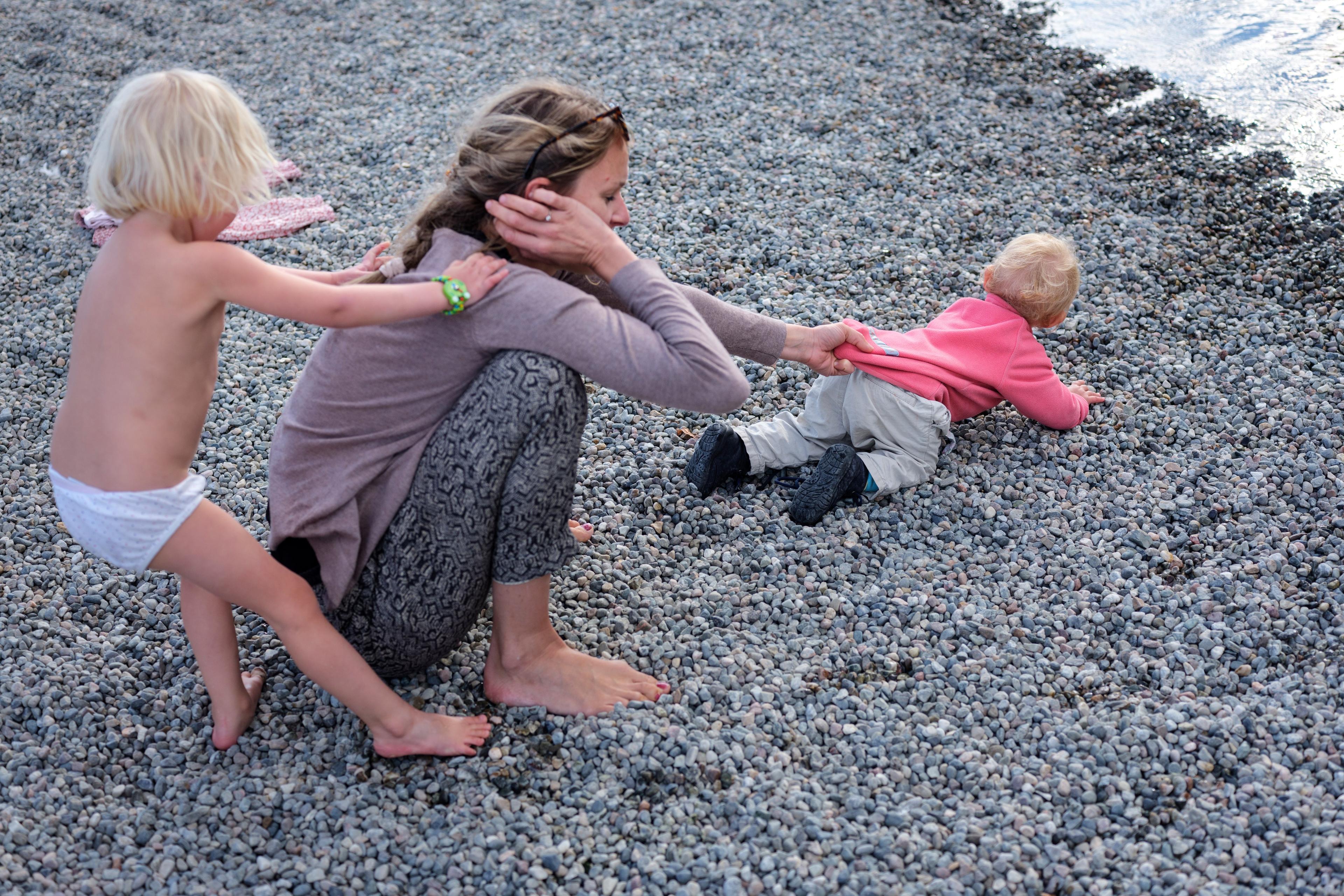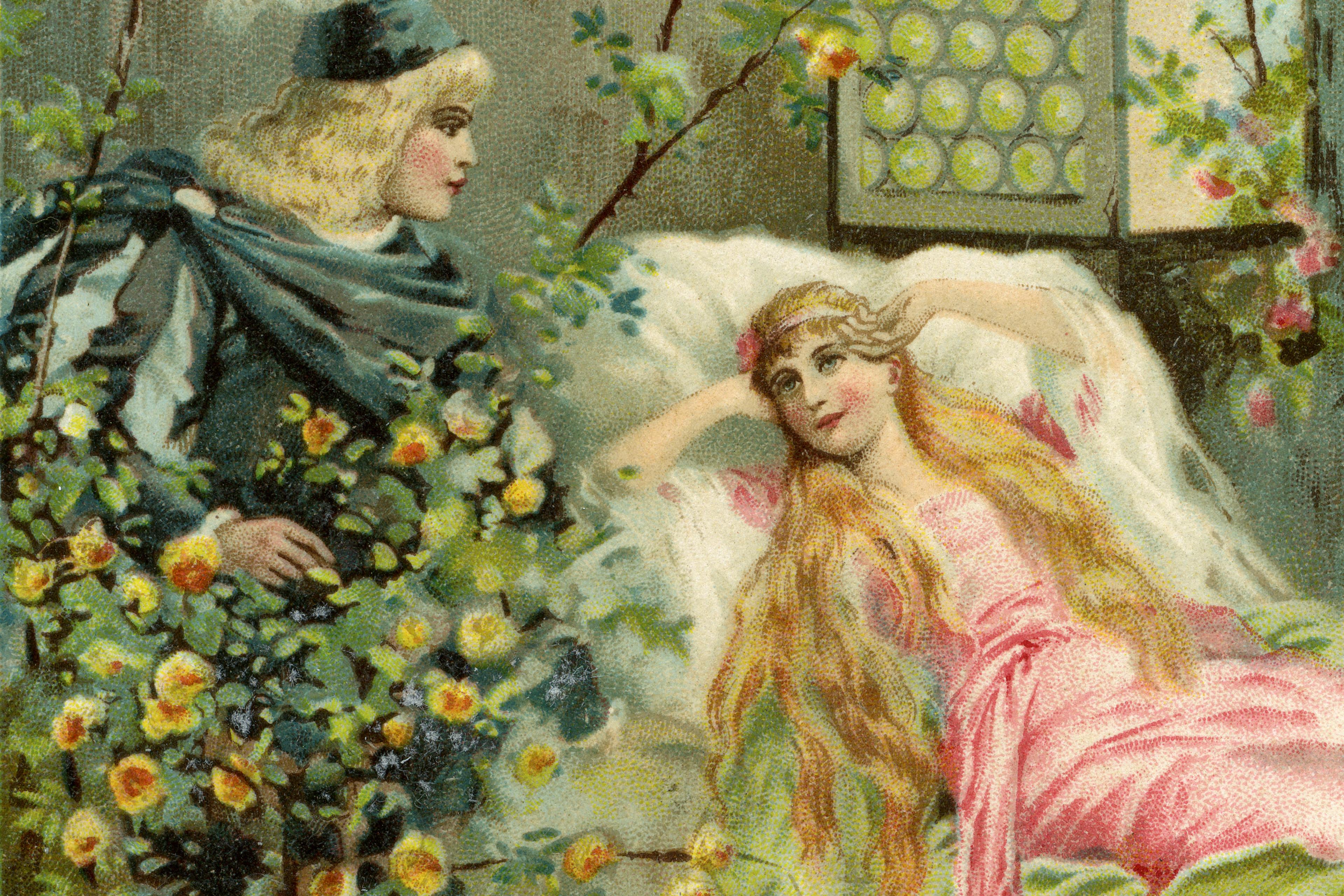Teenage girls are charming, capable and inspirational – at least they are in popular media, where a recent flurry of movies set in the 19th century, from Greta Gerwig’s movie version of Little Women to Netflix’s Enola Holmes, feature feminist-crusader heroines battling social restrictions, while somehow looking lovely. These films provide a break from the reality of troubled contemporary girlhood with its rash of anxiety and self-harm. The Victorian era becomes the space of fantasy, where teenage girls face relentless restriction and nevertheless change their world (and themselves) for the better. The real difficulties of adolescence – changing responsibilities and power, the desire for self-expression and the weight of self-doubt – are resolved in 120 minutes.
These films reinforce the impossible demand that, if we all work hard enough, 21st-century teenagers will behave like the girls on our screens: self-sufficient and caring, adventurous and accommodating. The awkwardness and vulnerability of the real-life adolescent starts to look like dysfunction. We end up with two options – either girls intuitively excel at being adolescents, or they are a problem to be fixed. Adolescence becomes a period of life to succeed at rather than a state of transition in which no one is supposed to do well. What if instead of asking ‘How do we fix girls?’ we ask: ‘How do we fix our understanding of adolescence?’
A more nuanced understanding of 19th-century girlhood is described in early German books for adolescent girls. For the awkward, uncertain girls in their pages, adolescence does not require withdrawal from connections with adults, or a rejection of the family that supported them through childhood, but new adult mentors and friends who provide instruction and acceptance.
In Emmy von Rhoden’s Der Trotzkopf (1885), translated into English as An Obstinate Maid (1898) or Taming a Tomboy (1898), Ilse’s parents worry that they don’t know how to raise her, that she will become unweiblich (unwomanly), which is a furchtbar (dreadful) thought. Their solution is to send her off to boarding school, where teachers and peers will shape her into a caring, community-oriented woman. When Ilse arrives at school, she is criticised for her table manners and, still worse, discovers the frog she packed in her luggage has smothered. Despite this inauspicious beginning, it turns out that boarding school offers Ilse more than lessons on how to be a proper young woman. She learns to enjoy the support (and humour) of peers, forms bonds with a young teacher, and serves as a mother-figure to a younger girl.
In Clementine Helm’s Backfischen’s Leiden und Freuden (1863), or Gretchen’s Joys and Sorrows, 15-year-old Gretchen is sent to live with her aunt Ulrike in Berlin to learn ‘what is proper for grown persons’. This novel is written from the perspective of the adult Gretchen ‘to comfort and entertain’ teenage girls who are going through similar struggles, not because she sees such girls as being in crisis, but because she remembers her own discomfort and need for guidance. Her aunt has sympathy for the strain of the demands she makes on Gretchen, and suggests that it will take a year of lessons – on everything from bathing to serving tea to interacting with potential suitors – for Gretchen to learn how to function as a proper young woman. Significantly, Gretchen is assured that she is loved in this space of hard work and mistakes. She is supported by her aunt and by her new friend, Marie, who provides ‘comfort and ease of mind’ despite Gretchen’s ‘foolishness’.
The word ‘Backfisch’ in the German title of Gretchen’s story is a slang word for a teenage girl. Like the middle-sized fish that is thrown to the back of the boat to await the results of the day’s catch (if the catch is good, the fish will be thrown back in the water; if bad, it will be taken to market), the adolescent girl is between two worlds: school and marriage. In mid-19th-century Germany, a number of girls’ books focusing on adolescent protagonists were labelled Backfischliteratur and many were tremendously popular. Backfisch books suggest that the girl does not need to await her future passively, unlike the fish at the back of the boat. With the help of mentors and peers, these girls can make themselves into women who contribute as wives, mothers and community members.
In the 19th-century United States, where the word ‘teenager’ had yet to be invented, novelists also began to write about the idea of the girl for whom ‘old things were passing away and all things becoming new’, in the words of The Flower of the Family (1853) by Elizabeth Prentiss. These US novels describe girls who leave loving homes to learn to grow up with the help of aunts and teachers and friends. The books were translated and distributed in a German-American exchange; novels about adolescent girls do not appear in other countries until much later.
What is surprising about these 19th-century girls’ books is that they focus not on the product – a perfect Victorian woman – but on the process and effort that makes the transformation of girl into woman possible. Their protagonists make mistakes, small and large: they forget to clean their boots, choose the wrong fiancé. Through fictional worlds, they model what it is like to love and be loved, even when you are not charming.
In Der Trotzkopf, the problem is Ilse’s parents’ lack of understanding of adolescence, and the solution is a community of women at a girls’ boarding school – but from the 20th century the problem is relocated to the girl herself. Adolescence is increasingly seen as a time of ‘storm and stress’ and the assumption that teenagers will be alienated from adults gathers momentum: see, for example, the work of the American psychologist G Stanley Hall. Hall’s fascinated perplexity (he calls the teenaged girl ‘a baffling problem’) continues to resonate through contemporary discussions of girlhood. In a New Yorker essay, Naomi Fry discusses Justine Kurland’s photograph collection Girl Pictures (2018), which she describes as offering a ‘less dreamy, more menacing’ alternative to the ‘pretty and wistful’ tradition of photographing girls. Kurland’s images remind us that teenage girls are untrustworthy, mysterious, inaccessible to adults. As Fry writes: ‘Who knows what they will do once we turn our gaze away?’
What they’re supposed to do is make themselves look good – to each other and to adults. In a 2003 study published by the Women’s Initiative at Duke University in North Carolina, the committee commented on ‘a social environment characterised by what one sophomore called “effortless perfection”; the expectation that one would be smart, accomplished, fit, beautiful, and popular, and that all this would happen without visible effort.’ The Duke study makes visible the hidden pressures and labour expected of young women, much as do Backfisch novels.
One of Gretchen’s key lessons is to learn ‘to do all quietly, so that the guests might not notice the motion of the machinery by which the work was carried out.’ The ‘machinery’ of Gretchen’s work is domestic rather than industrial, but Gretchen is to teach herself to operate as an unseen machine – consistent, efficient, silent. Her work is done best when others can ignore it. At the same time, domestic labour reveals the invisible work of gender performance. Nineteenth-century novels for girls don’t just train them how to become good women, they also acknowledge the hard work this transformation requires. They provide an antidote to the stress of effortless perfection by naming the ‘creaking of the wheels’ that running a household and managing a body requires.
For the Backfisch, growing up is like following a recipe. Add one clean handkerchief, one set of freshly scrubbed fingernails, one modest smile, and you are guaranteed the approval of the elderly woman who has come for tea – and her eligible son. What the Backfisch novel helps us see is that none of these parts is natural. Left to her own devices, the girl might well forget the handkerchief altogether, show up with dirty nails, and greet the guest with hearty laughter. Backfisch novels helped adolescent girls see the effort that lies behind stereotypes of ‘proper’ girls who are seen and not heard.
While many 21st-century adolescent girls are asked to negotiate a system of invisible labour without instruction or any acknowledgement of the difficulty of this task, Backfisch books made visible the work that becoming a woman in the 19th century required, while assuring girls they would be loved despite their awkwardness and mistakes. These books affirmed the role of a community of peers and mentors in helping girls make the significant transition from girlhood to womanhood.
I’m not recommending a return to this narrow vision of successful adult womanhood, nor the restrictions of this model of raising girls. Perhaps what makes the adults in these novels confident about their ability to raise girls is a clear sense of the desired outcome and an unambiguous definition of what a good woman looks like. In a world where we want to allow our children more flexibility to grow into mature identities, maybe the process of supporting them as they grow becomes less clear.
What seems ineffective both for girls and for their family and friends is a narrative that treats alienation from adults as a normal part of growing up. For several years of my daughter’s adolescence, perfect strangers, upon hearing that I had a 13- or 14- or 15-year-old daughter, would say ‘I’m sorry,’ with a smirk. The implication was that teenage girls are just difficult; that our best efforts to mentor them are likely to fail. What this perspective ignores is the very real danger of a culture that holds up charm and effortless perfection as ideals of girlhood. When we rely on a binary of adults seeing girls as either pleasing or difficult, we lose the nuance, the ability to see uncertainty and awkwardness not as problems, but as appropriate to a time of transition.
Like the successful mentors in 19th-century Backfisch books, we can recognise the hard work of growing up, and allow girls to be tired or to slip up, and normalise messy adolescence. If we remind our daughters (and ourselves) that they are not supposed to look like the characters they see on Netflix, maybe we can reduce the anxiety caused by the burden of ‘effortless perfection’. If we see that teenage girls need rest and praise, and care and instruction – not just from their parents, but from a whole community – then maybe we can make growing up a shared project, and relish the transformative potential of adolescence.








